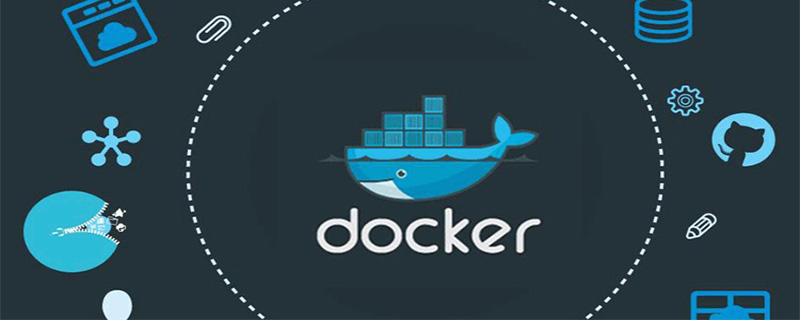Home > Article > Operation and Maintenance > How to check the version of docker image

You can use the docker images command to view the image version:
The docker images command can list all local image information, where TAG represents the image version information.
Example:
runoob@runoob:~$ docker images REPOSITORY TAG IMAGE ID CREATED SIZE mymysql v1 37af1236adef 5 minutes ago 329 MB runoob/ubuntu v4 1c06aa18edee 2 days ago 142.1 MB <none> <none> 5c6e1090e771 2 days ago 165.9 MB httpd latest ed38aaffef30 11 days ago 195.1 MB alpine latest 4e38e38c8ce0 2 weeks ago 4.799 MB mongo 3.2 282fd552add6 3 weeks ago 336.1 MB redis latest 4465e4bcad80 3 weeks ago 185.7 MB php 5.6-fpm 025041cd3aa5 3 weeks ago 456.3 MB python 3.5 045767ddf24a 3 weeks ago 684.1 MB
REPOSITORY: Which warehouse it comes from;
TAG: The tag information of the image, such as 5.7 and latest represent different version information;
IMAGE ID: The ID of the image. If you see the two IDs are exactly the same, then in fact, they point to the same image, just with different tag names;
CREATED: The last of the image Update time;
SIZE: Image size, excellent images are generally smaller in size, which is why I prefer to use the lightweight alpine version;
More related tutorials , please pay attention to the docker tutorial column of the PHP Chinese website.
The above is the detailed content of How to check the version of docker image. For more information, please follow other related articles on the PHP Chinese website!